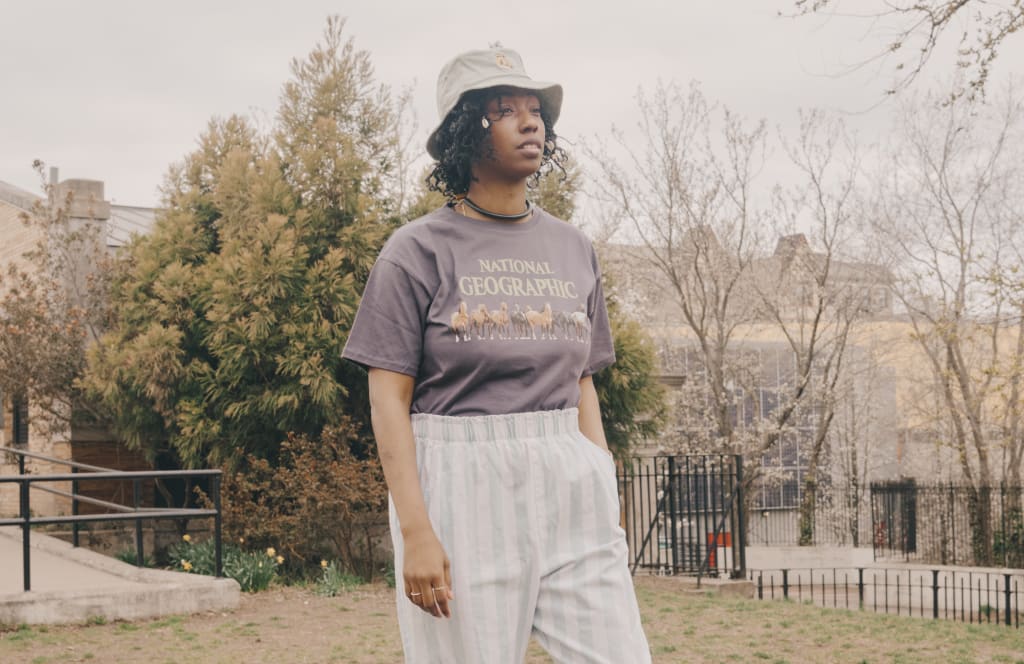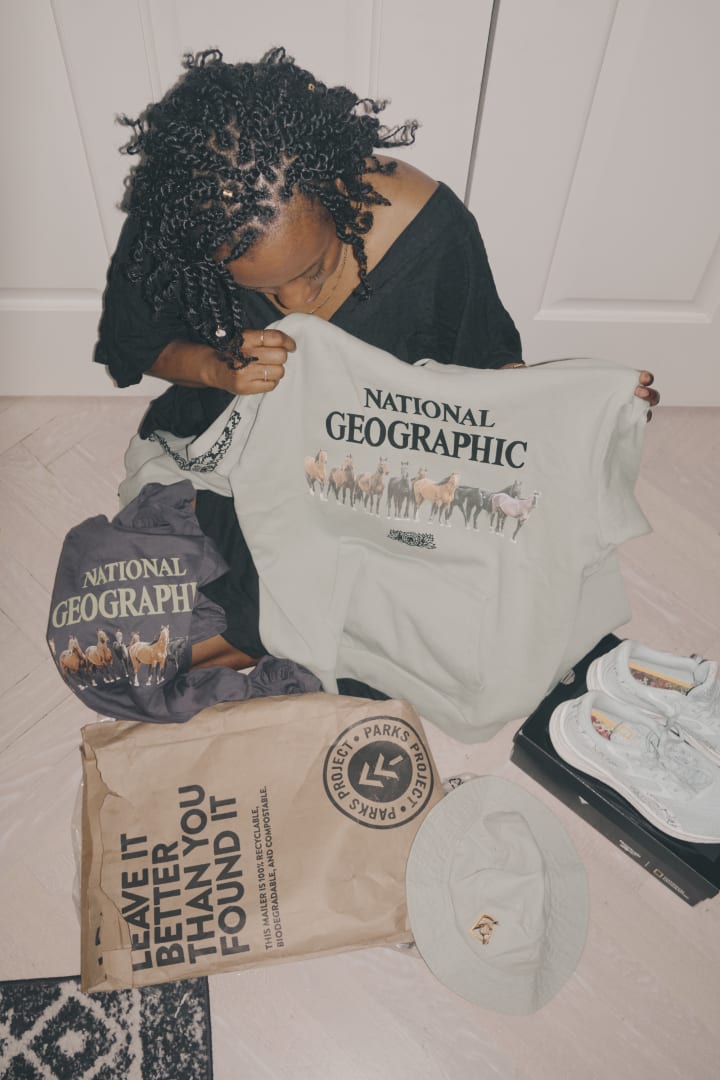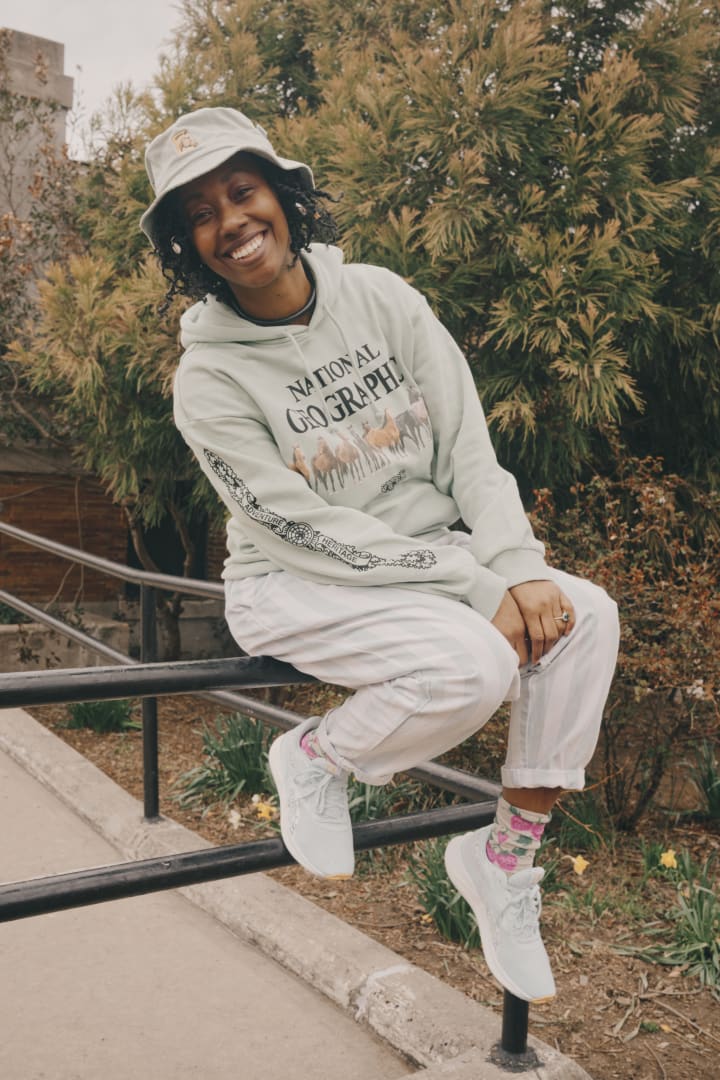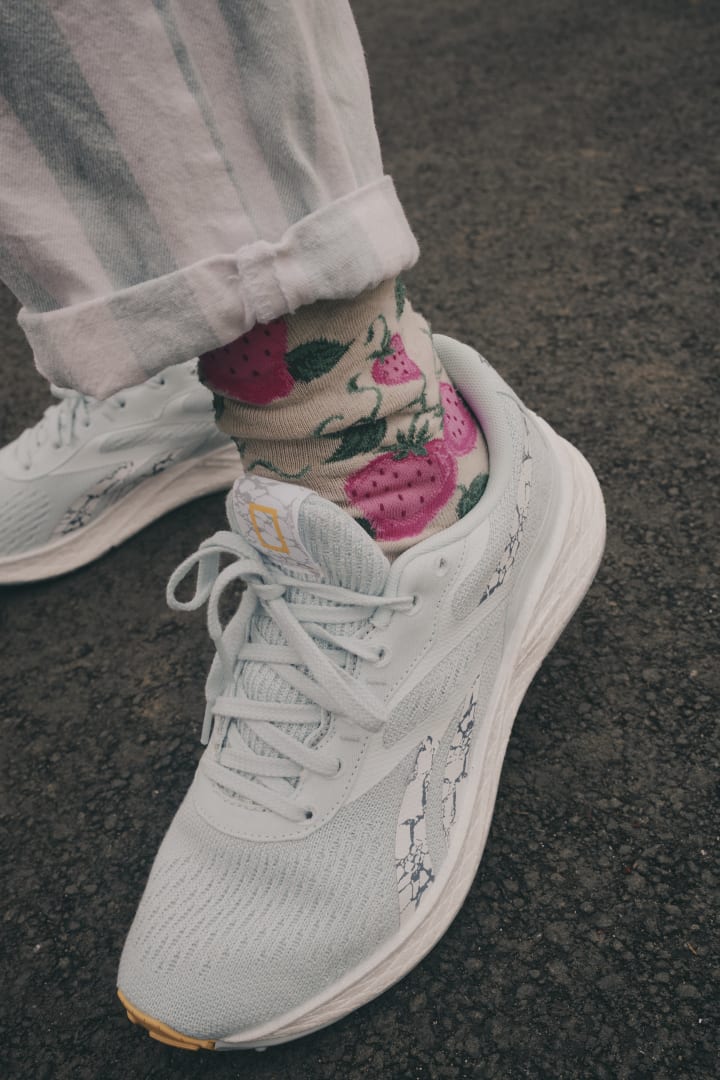Greenwash-less Fashion: 4 Tips For Conscious Consumers
Greenwashing, or when a company gives a false impression on their sustainability, is a major problem for consumers and the planet. Here’s how to support the companies that are truly making a difference.

It seems like the more I learn about fashion and environmentalism, there’s, even more, I need to unlearn. The message that’s been fed to consumers (particularly in the fashion industry) is almost completely untrustworthy — so now it’s on us to do the deep research for the betterment of our planet.
It makes me so upset that unworthy campaigns — you know, the ones that make it seem as though they’re being eco-friendly when really they’re just using smokescreens to sell more products — often take center stage. That’s all while honest ones that can help preserve the planet are getting suppressed and pushed to the back burner. There’s a name for all these smoke and mirrors, the term for corporate opportunism disguised as altruism — it’s called greenwashing.
I must say, it’s important to understand that some problematic brands have good intentions. So instead of leaning on negativity (which ultimately helps nobody), my goal is to applaud the brands that are taking action in the fashion space. Whether that’s by using sustainably-minded materials, prioritizing a cleaner manufacturing process, or just being transparent around their journey toward becoming a more sustainable company — change is a slow process. It’s easy enough to play the blame game and expose brands that wrongfully claim their alignment with hot-topic trends; but instead, I prefer a more positive approach.
In this post, I want to give you some information you can use on your next shopping trip so that you can adopt buying habits that will help save the planet. From understanding manufacturing credentials to sustainable material certifications, I’ll tell you everything you can do to make your fashion a million times more sustainable.
4 Tips For Greenwash-Less Fashion
I’ve done the digging and found a sad truth: most “green” companies promote sustainability to deceive consumers into believing the products are more environmentally friendly. Beyond this, the problem is that greenwashing can be difficult to spot, especially if you’re not sure what to look for. Here’s what you can do to sharpen your eye for the brands taking actual steps toward bettering their practices.

1. Research the Brand, Not Just the Product
One way to avoid greenwashing is to spend more time researching the brand instead of the individual products. Some products and services might be advertised as environmentally friendly and come with all kinds of buzzwords like “planet-first,” “sustainable,” and “eco-friendly.” These words are free to use, but also free of meaning. Unlike words like “organic,” they’re not regulated by any governing authority.
So while a product might be advertised as being eco-friendly, the host company might not be. You might buy a recycled belt from a jeans manufacturer, thinking you’re doing good by the planet, when actually, that manufacturer is known for regularly polluting rivers (and that’s a pretty tame example, mind you).
Research the brand and stick to the ones you love. In terms of fashion, I am personally a big fan of National Geographic products and their partnering brands. They work closely with sustainably-minded brands like Sackcloth & Ashes, Love Your Melon, tentree, and Parks Project, so I know they’re legit.
While all National Geographic products have some give back through their own brand, letting them do good by that organization alone, the brands listed above also offer additional giveback.

Parks Project, for example, has a mission to promote, protect, and preserve public lands. I ordered their hoodie, tee, patch hat, and bucket hat, and I’ve never been happier with a purchase decision.
2. Don’t Be Afraid of the “Big Guys”
Ironically, a lot of people tend to steer clear of some of the bigger names in fashion because they assume that massive corporations can’t possibly be interested in doing good for the environment.
That’s not always true.
In fact, it can get you into some trouble when you’re trying to avoid greenwashing. I would argue that bigger brands are under the most pressure to catch up on this front, which is why we’re starting to see “recycled content” is pretty mainstream now. Assuming that smaller companies are always more sustainable is not the best move. Size has nothing to do with sustainability — so again, do your research.
Despite being a major brand, Reebok actually partners with National Geographic, too, offering certain products (like these dope Floatride running shoes) that give a portion back to National Geographic’s environmental causes and are made with an innovative plant-based material. The Floatride plant-based material used to create this shoe is nothing short of innovative, and it indicates another step of their sustainability effort. We love that.

3. Look for Verification
You can’t always spot an imposter just by looking at brand and product descriptions; most of which are written by the brand in question, anyway. You might have to go one step further and look for verification. I encourage you to look for material and manufacturing certifications, which ensure the sustainable attributes of a product.
If a company truly is doing what it claims to be doing, its sustainability efforts will often be highlighted on its website, on its packaging, or on the labels of its products. Some things you can look for are a company’s carbon footprint, energy consumption, product recycling rate, supplier environmental sustainability index, supply chain miles, water footprint, and waste reduction rate.
Technically, greenwashing, a form of environmental deception, is illegal in the US and many places in Europe. However, there are a lot of exemptions and “buts” involved, and it’s not always strongly enforced. It’s up to you, the consumer, to make sure the products you’re buying are actually what they claim to be.
You can also look for certifications like Fair Trade Certified, Green Seal, USDA Organic, Rainforest Alliance Certified, and so on. Just watch out for claims that aren’t super relevant. Some companies will market products as being “CFC-free,” but CFCs are banned by law. This moniker, then, isn’t really an indication of sustainability at all.
4. Become an Advocate
Greenwashing can’t always be prevented, but you can do your part by being a conscientious consumer and by demanding brands take action in this space. You can do that with each purchase decision.
You can do a lot of talking with your wallet, but you can go one step further by advocating for the UN’s Global Goal 12. This calls for responsible production and consumption and holds businesses accountable for their production patterns. Find a Global Goal 12 charity you can support and advocate for corporate responsibility by joining petitions and campaigns, and staying informed. Learn more here.
Don’t Stop Asking Questions
Don’t be afraid to question everything. If you aren’t sure about a product, you can almost always find information by doing a quick Google search — and if you can’t find what you’re looking for there, reach out to a company directly. Question what they're telling you. If they give you the run around, they’re probably not as sustainable or eco-friendly as they claim to be. This space is evolving, and brands who aren’t already on this are behind the curve!
If you’ve stumbled upon this article in a quest to be more environmentally conscious with your shopping, then you're already making a big step. Continue researching and shopping with intention and remember that as a consumer you wield serious power in helping to make the world a greener, cleaner, and more trustworthy place.
About the Creator
Dominique C Drakeford
Dominique Drakeford is non-traditional environmental justice and sustainability educator, creative storyteller and mother
Founder - MelaninASS
Co-founder - Sustainable Brooklyn
Instagram -@dominiquedrakeford
Reader insights
Nice work
Very well written. Keep up the good work!
Top insights
Easy to read and follow
Well-structured & engaging content
On-point and relevant
Writing reflected the title & theme
Heartfelt and relatable
The story invoked strong personal emotions
Expert insights and opinions
Arguments were carefully researched and presented
Eye opening
Niche topic & fresh perspectives
Excellent storytelling
Original narrative & well developed characters
Compelling and original writing
Creative use of language & vocab
Masterful proofreading
Zero grammar & spelling mistakes








Comments
There are no comments for this story
Be the first to respond and start the conversation.